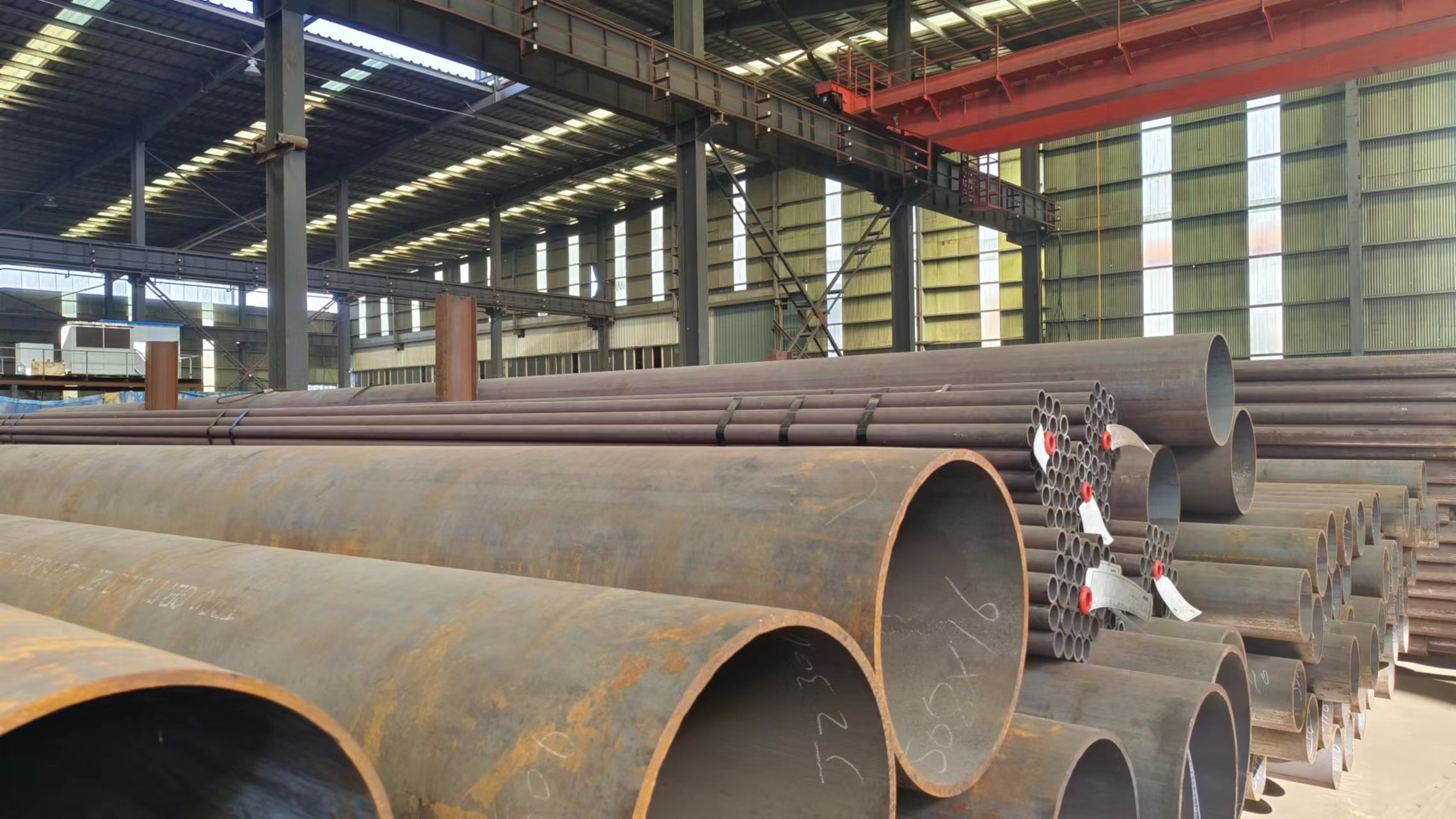Seamless carbon steel pipe is a kind of pipe widely used in the industrial field. Its manufacturing process does not involve any welding, hence the name "seamless". This kind of pipe is usually made of high-quality carbon structural steel or alloy steel by hot or cold rolling. Seamless carbon steel pipe is widely used in many fields such as oil, natural gas, chemical industry, boiler, geological exploration and machinery manufacturing due to its uniform structure and strength, as well as good pressure resistance and heat resistance. For example, seamless steel pipes for low and medium pressure boilers are mainly used to manufacture superheated steam pipes, boiling water pipes and superheated steam pipes for locomotive boilers of various low and medium pressure boilers. And seamless steel pipes for high pressure boilers are used to manufacture pipes for the heating surface of water tube boilers with high pressure and above. In addition, seamless carbon steel pipes can also be used to manufacture structural parts and mechanical parts, such as automobile drive shafts, bicycle frames, and steel scaffolding in construction. Due to the particularity of its manufacturing process, seamless carbon steel pipes can withstand higher pressures during use and are not prone to leakage, so they are particularly important in conveying fluids.
The classification of seamless carbon steel pipes is mainly based on manufacturing materials and uses. According to the production method, seamless carbon steel pipes can be divided into two categories: hot-rolled and cold-rolled (drawn). Hot-rolled seamless steel pipes include general steel pipes, low- and medium-pressure boiler steel pipes, high-pressure boiler steel pipes, alloy steel pipes, stainless steel pipes, petroleum cracking pipes and other types, while cold-rolled (drawn) seamless steel pipes include carbon thin-walled steel pipes, alloy thin-walled steel pipes, stainless thin-walled steel pipes and various special-shaped steel pipes. The specifications of seamless steel pipes are usually expressed in millimeters of outer diameter and wall thickness. The materials include ordinary and high-quality carbon structural steel (such as Q215-A to Q275-A and 10 to 50 steel), low alloy steel (such as 09MnV, 16Mn, etc.), alloy steel and stainless acid-resistant steel. The selection of these materials is related to the strength, pressure resistance and corrosion resistance of the pipeline, so there will be different material requirements in different industrial applications. For example, low carbon steels such as No. 10 and No. 20 steel are mainly used for fluid delivery pipelines, while medium carbon steels such as 45 and 40Cr are used to manufacture mechanical parts, such as stress-bearing parts of automobiles and tractors. In addition, seamless steel pipes must undergo strict quality control during the manufacturing process, including chemical composition inspection, mechanical property testing, water pressure testing, etc., to ensure their reliability and safety under various working conditions. The production process of seamless carbon steel pipes is also very critical. It involves multiple steps such as perforation, hot rolling, cold rolling or cold drawing of ingots or solid tubes, and each step requires precise control to ensure the quality of the final product. For example, the production of hot-rolled seamless steel pipes requires heating the tube billet to about 1200 degrees Celsius, then piercing it through a perforator, and then forming the steel pipe through three-roller oblique rolling, continuous rolling or extrusion. Cold-rolled seamless steel pipes require the tube billet to be pickled and lubricated before being cold rolled (drawn) to achieve the desired size and shape. These complex production processes not only ensure the internal quality of the seamless steel pipe, but also give it better dimensional accuracy and surface finish. In practical applications, seamless carbon steel pipes are widely used in many industries such as oil, gas, chemical industry, electricity, heat, water conservancy, shipbuilding, etc. due to their excellent performance and reliability. They are an indispensable part of modern industry. Whether in high temperature and high pressure environments or in corrosive media, seamless carbon steel pipes can show their excellent performance and provide solid guarantees for the safe operation of various industrial systems.
The diameter of seamless carbon steel pipes can range from DN15 to DN2000mm, the wall thickness varies from 2.5mm to 30mm, and the length is usually between 3 and 12m. These dimensional parameters allow seamless carbon steel pipes to work stably under high pressure and high temperature environments, while also ensuring their reliability during transportation and installation. According to GB/T 17395-2008 standard, the size, shape, weight and allowable deviation of seamless steel pipes are strictly regulated to ensure product quality and safety. When choosing seamless carbon steel pipes, it is important to consider their inner diameter, outer diameter, thickness and length, which are key factors in determining the performance of the pipeline. For example, the inner diameter determines the size of the space for the fluid to pass through, while the outer diameter and thickness are closely related to the pressure-bearing capacity of the pipe. The length affects the connection method of the pipe and the complexity of the installation.

Post time: Nov-11-2024